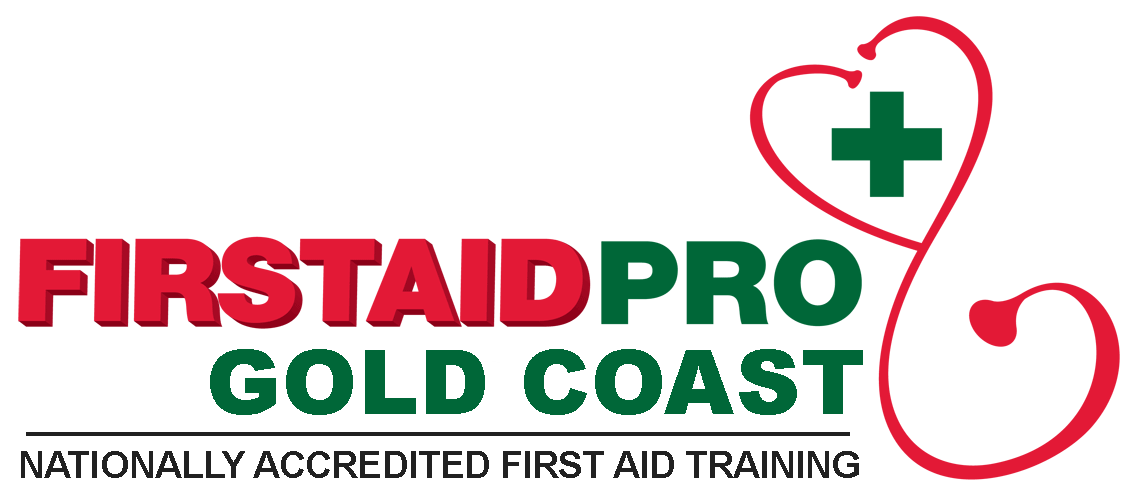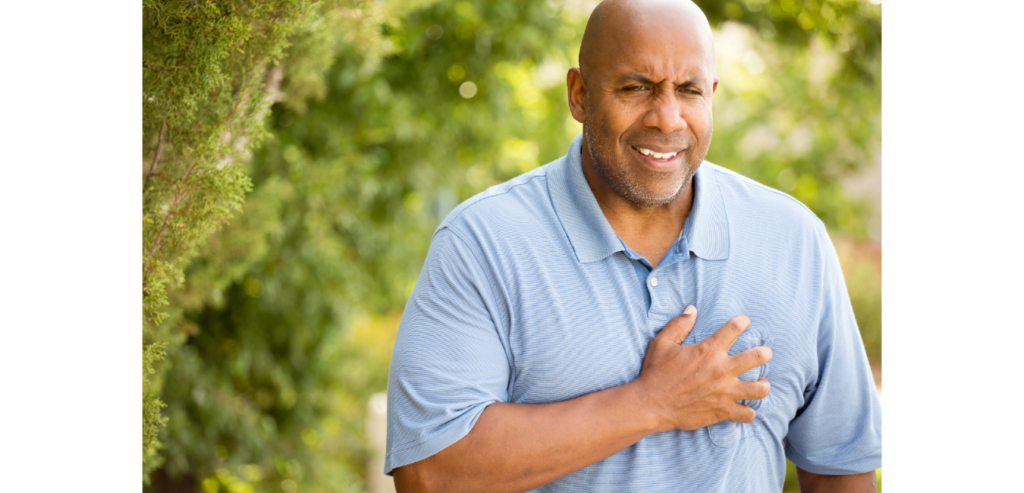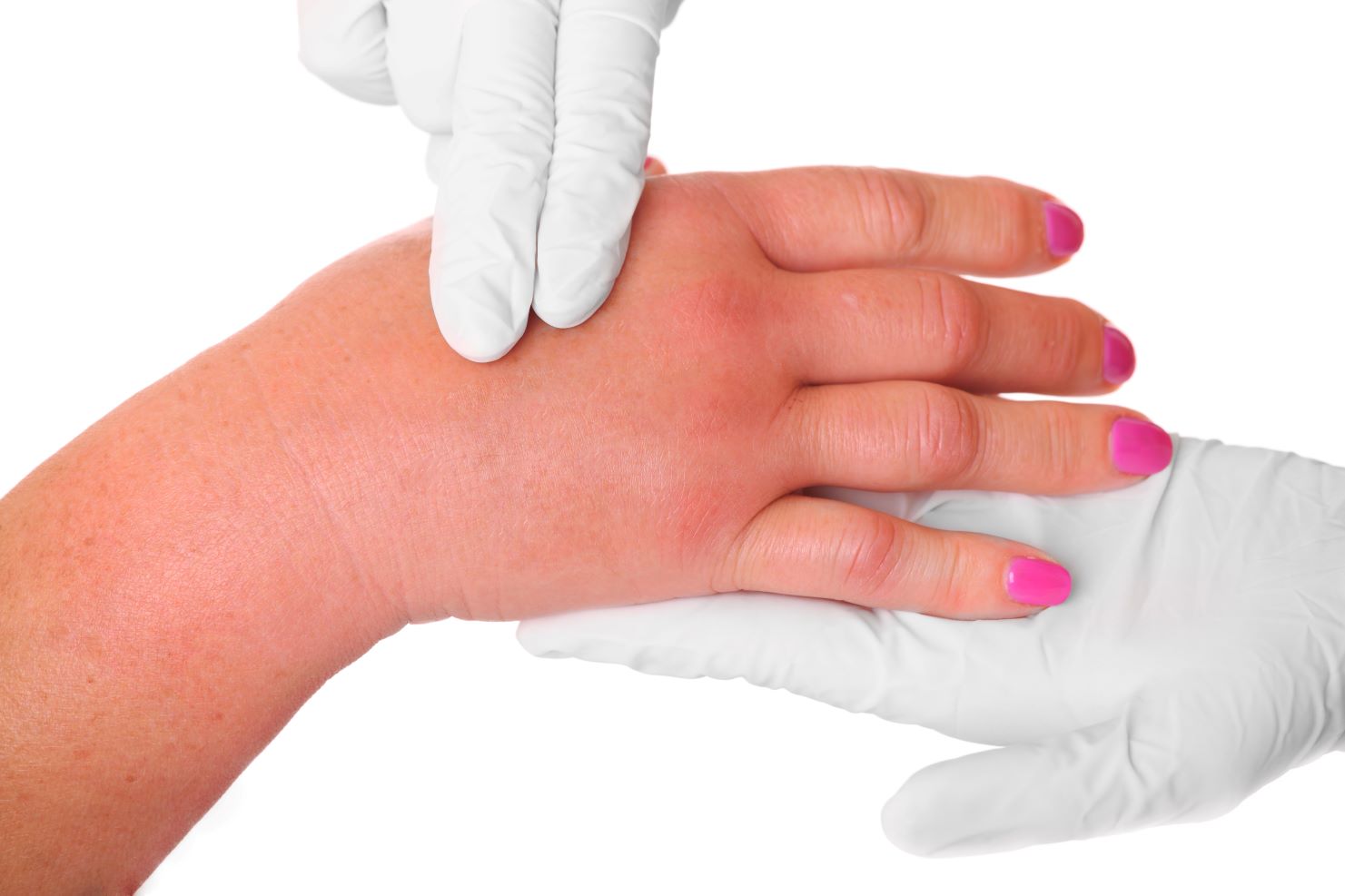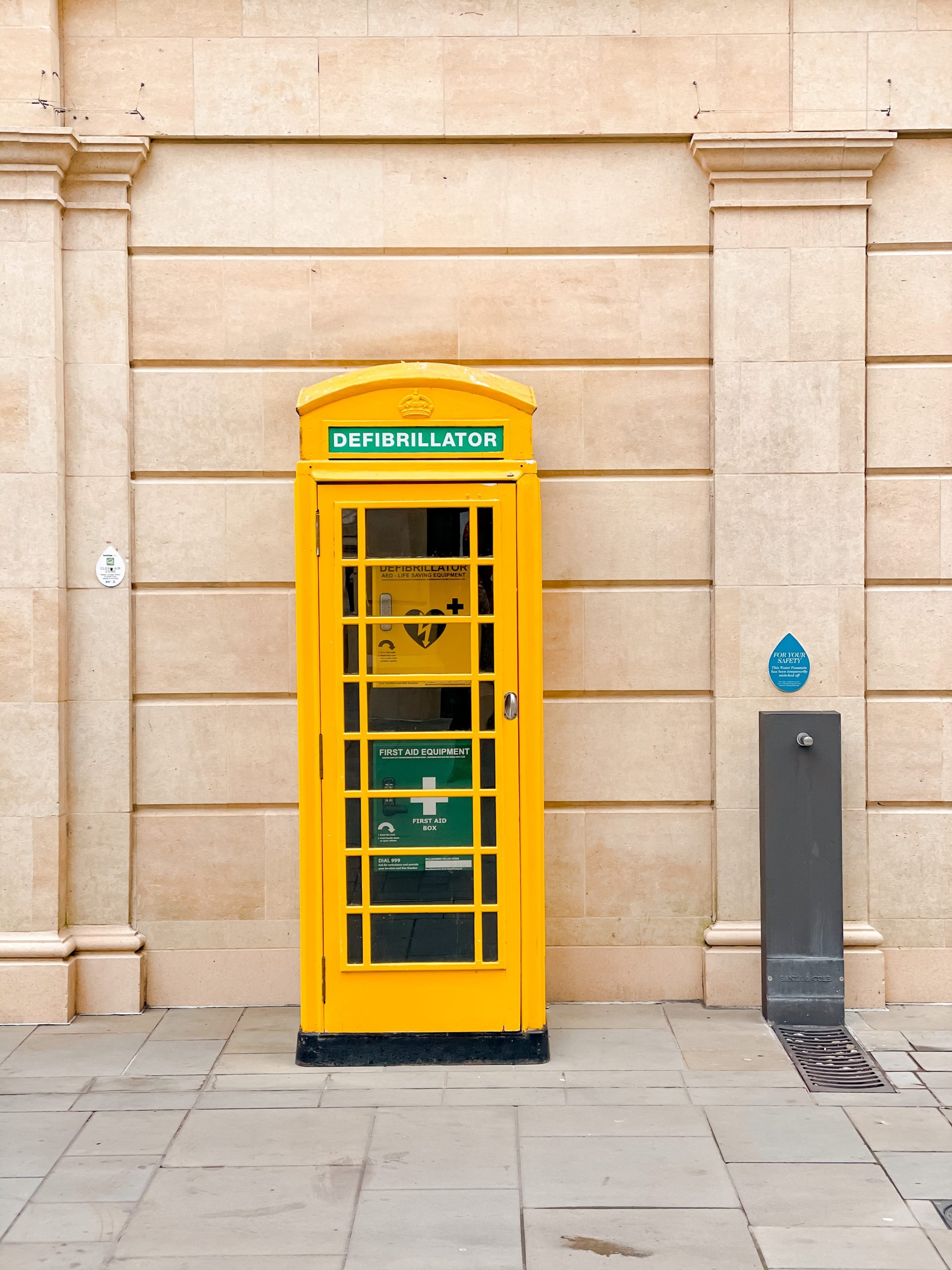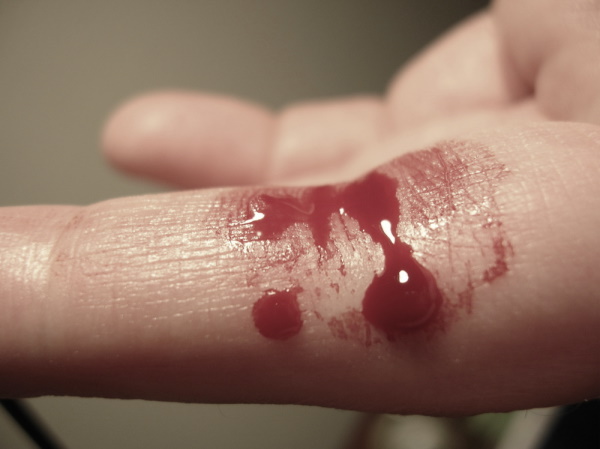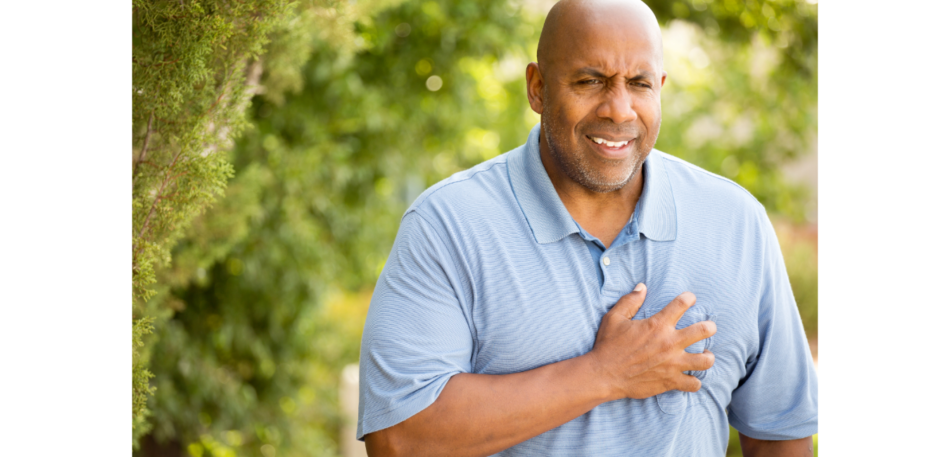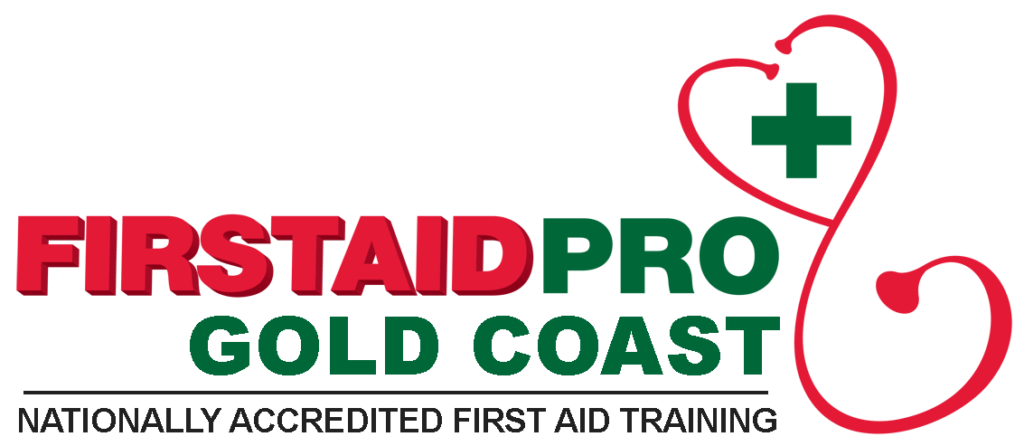A Heart Attack can strike at any moment. So it is important to know when and how you can cope with one. Heart Attack is the leading cause of death in Australia. In 2019 there were 18,244 deaths per year from Ischaemic Heart Disease (which is the main cause of heart attacks). The average age of death from a heart attack is 84 year olds. However it is possible for people 30 years and older to have a heart attack and this can be caused by lifestyle choices. Whilst heart attack deaths are slowly decreasing every year, it is still important to know the facts around heart attacks. It can be vital in saving lives and could even be used to save yours!
Causes of a Heart Attack
Knowing what causes a heart attack can be the difference between life and death. If you have an unhealthy lifestyle, smoke or other various unhealthy activities, it can cause premature death with a heart attack.
This is because it can create a buildup of fats in blood vessels and arteries. It can also reduce the efficiency of your lungs and heart. Whilst reducing the amount of unhealthy foods you eat can reduce your chances of getting a heart attack. Being physically unhealthy can also cause major problems, as your heart pushes less blood and therefore moves less oxygen around the body. If your lungs are not performing well due to smoking, your risk of oxygen starvation in your muscles and organs is increased. To compensate, more blood will need to be pumped to have a similar amount of oxygen reach your muscles, therefore decreasing the effectiveness of your lungs.
A heart attack occurs when a coronary artery, which supplies blood to your heart, becomes blocked. This means blood can’t get through the organ completely and struggles to give the heart its well-needed oxygen (which helps power the muscle). If oxygen can’t get to the heart at all, then it causes the heart to stop beating, causing a heart attack! This is also known as cardiac arrest. CPR can help resuscitate someone having a heart attack and save them.
The heart is roughly the size of your fist, so if there is a blockage, it can affect your whole body and your heart badly. If you have a heart attack, your chances of having another are doubled within the first year. So it is important to reduce your risk of a heart attack!
What are cardiovascular (Heart) diseases?
Cardiovascular disease (CVDs) are disorders of the cardiovascular system and blood vascular cells. Heart attacks and strokes are generally acute and are mainly linked to a blockage that prevents blood flow to the brain and in the heart. This is because of increased fatty deposits, which are typically found on the outer walls of blood vessels that supply oxygen to the heart. A stroke can also be caused by blood clots of the brain, causing blood to escape from the cerebral cavity. When there are too many fat deposits, it causes a blockage and blood can no longer flow in or out of necessary organs. .
Symptoms of a Heart Attack
A heart attack can strike in many ways, so it is important to know the signs and symptoms. Of course if you know you’re at a high risk of a heart attack understanding these symptoms can really help you in identifying and preparing for what you should do!
The most common sign of a heart attack is discomfort or pain around the upper-chest area.
When having a heart attack, you may experience pain, pressure, heaviness or tightness in one or more parts of your upper body, including your:
- Chest
- Shoulder(s)
- Neck
- Arm(s)
- Jaw
- Back
This may occur in combination with other symptoms. For example, you may also:
- Feel nauseous
- Feel dizzy or light-headed
- Have a cold sweat
- Feel short of breath.
However, this might not be the case for everyone. Some people may experience a different variety and intensity of symptoms when having a heart attack. So if you feel any minor or extreme pain it is important to have it checked out immediately. If you are certain you are having a heart attack do not drive to the hospital as it is dangerous to not only you but other road users. Call an ambulance as soon as possible!
Heart Attack Diagnosis
EKGs are a good indicator of how much your heart muscle suffered and when. Echocardiography can tell which areas of your heart were badly damaged. Tests can also measure troponin levels, which are proteins inside heart cells released when the cells are damaged by the lack of blood supplied to our heart. Cardiac Catheter, also called Cardiac Cathography allows a doctor to visualize the blocked artery and determine what treatment will be necessary. Intravenous blood thinner is an option for opening arteries. It helps in unblocking clots and can be used as a preventative method to reduce the likelihood of clots in the future. A stress test can also be done to check a heart area for potential heart attack risks.
Heart Attack Treatment
Drug therapies can be used to treat blood clots and other abnormal blood cell growth by stopping platelet formation and adhering to the plaque by stabilizing the plaque or preventing ischemia more frequently. Other drugs used during or after heart failure help keep heart work up to new lows, extend blood vessels, lower pain and help reduce life-threatening heart rhythms. Treatments don’t cure coronary artery disease but you may take steps to decrease the chances of it occurring. Bypass surgery can also be an option. This surgery can include the removal of blocked or ruptured arteries and some people may require a pacemaker to ensure their heartbeat maintains constant rhythm.
Heart attack action plan
Knowing the warning signs and following an action plan gives you the best chance to prevent heart failure and death.
What is a heart attack action plan?
It is a plan which goes through what to do if you feel you are having the symptoms of a heart attack and which symptoms to look out for if you are unsure. . You can download a heart attack action plan at the Heart Foundation website. If you or someone you love is at risk of having a heart attack, giving them a heart attack action plan can be life saving. It can also be used to give to people around those with a heart condition, as they will be able to better understand what to do in the event of a heart attack.
Tips for Heart Attack Prevention
After a heart attack, the main aim is to prevent another heart attack by preserving good heart health. Take all your medicine as prescribed by doctors and make healthy lifestyle changes. Changes you can make include:
- Making regular heart checks and considering a cardiovascular rehabilitation program.
- Eating healthy meals and having a healthy weight, is important in making sure your body does not have any problems
- Exercising daily or weekly to increase cardio and respiratory fitness. This will keep your heart and lungs more efficient and healthier!
- The effects of cigarettes on health can be very severe: smokers have more heart and lung problems due to the damage smoking can do to your body. Quit smoking to stay healthier
- Eating healthy food is one way of staying at a low-risk weight and limiting alcohol consumption can also help your body be healthier. Alcohol reduces the healthiness and effectiveness of certain body organs. Make a routinely updated check on your blood pressure levels. High blood pressure can be an indicator of heart attack risk.
- Reducing high levels of cholesterol. The buildup of cholesterol which is caused by consuming most types of fats will increase your chance of having a heart attack. To reduce this, eat healthier foods and reduce your fat intake by not eating as much junk food.
These are typically major lifestyle changes. However doing this will make you a healthier, happier human!
Why should you do a First Aid Pro, First Aid and CPR Course?
A first aid course is a great way to help out yourself and those you care for. If you know anyone who has a heart attack history or has been told they are likely to have a heart attack, one of our CPR and First Aid courses is perfect. They’ll teach you everything you need to know to keep them safe and prepare you for any emergency situation! Our HLTAID011 Provide First Aid training course and our HLTAID009 Provide cardiopulmonary resuscitation are great courses to do, and they can save a life! It is inexpensive, and you can book it within a day’s notice, so why not book today!
Follow us for more!
Like our blog and article posts? Keep in contact with us through our socials or save our blog page by pressing the star in the corner of your browser. We’ll see you soon!
Tiktok: @firstaidproau
Instagram: @firstaidproaus
Facebook: First Aid Pro
